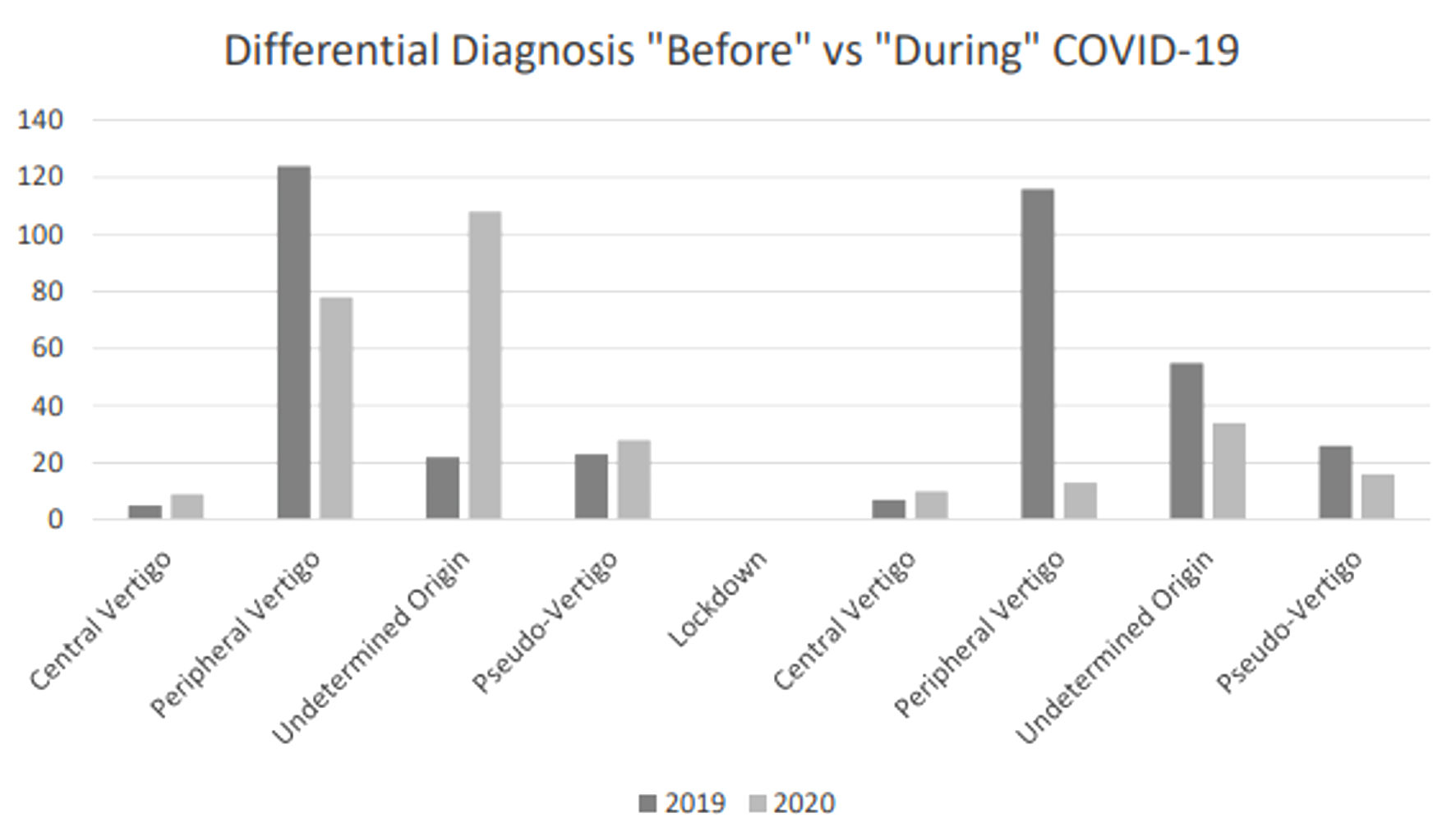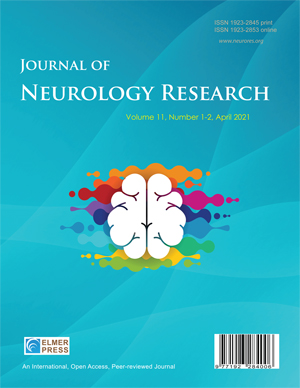The Impact of the SARS-CoV-2 Epidemic on Vertigo: Changes in Emergency Department Admissions and Management
DOI:
https://doi.org/10.14740/jnr850Keywords:
COVID-19, Emergency department, Vertigo and dizziness, Neurological involvement, Pseudo-vertigoAbstract
Background: The coronavirus disease 2019 (COVID-19) pandemic brought several changes in the management of various pathologies, including vertigo. Dizziness and vertigo are usually responsible for approximately 5% of unselected presentations to emergency department (ED) or outpatient clinics. During the pandemic, a lower number of ED admissions for many pathologies has been reported. We aimed to evaluate the effects of the COVID-19 pandemic on vertigo management during the lockdown period.
Methods: We retrospectively analyzed the clinical features and outcomes of patients admitted for vertigo between January 1, 2020, and April 30, 2020, and compared them with those of patients admitted during the same time span in 2019. We compared the whole number of vertigo cases admitted in the first months of 2019 and 2020, respectively, and the number of admissions per week; we also reported the length of stay in the ED and the number of specialistic/radiological evaluations performed.
Results: We isolated 412 patients admitted to the ED of Cattinara Hospital, University of Trieste, from January to April 2019, compared to 303 patients admitted during the same period in 2020 (lockdown period). The two groups (group A and group B) were comparable in terms of age and gender. We found a decrease in ED admission during the intensive lockdown period when comparing the ED accesses in 2019 and 2020 (weeks 10 - 17: 23% (2019) vs. 9% (2020); P = 0.000898913).
Conclusions: During the COVID-19 pandemic, the number of vertigo cases, similar to those of stroke or cardiac pathologies, decreased. We also found a relative increase in admissions for central vertigo in our sample during the lockdown period, as well as an increase of “pseudo-vertigo”.

Published
Issue
Section
License
Copyright (c) 2025 The authors

This work is licensed under a Creative Commons Attribution-NonCommercial 4.0 International License.







